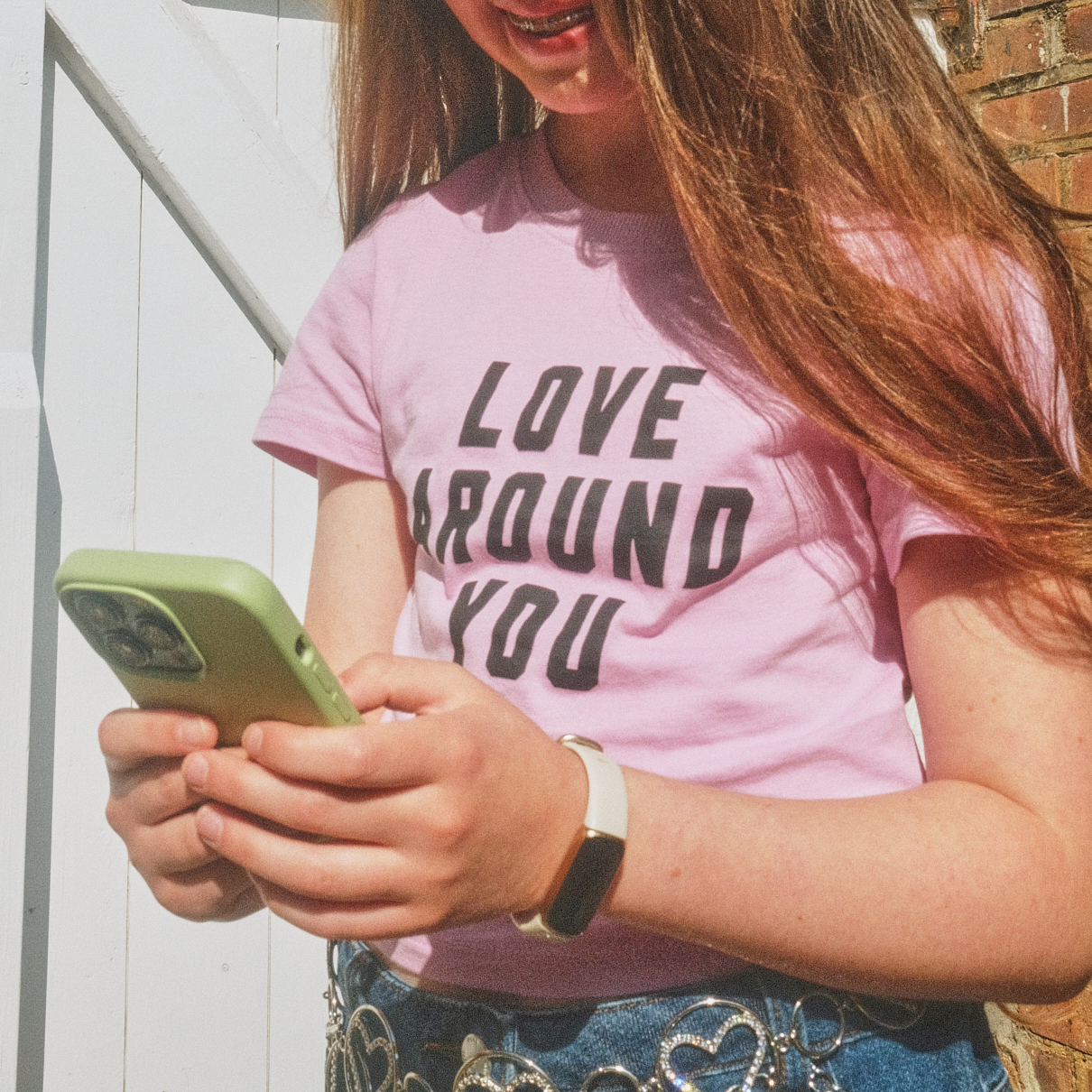
Bum spots: why butne happens + tips to help it
Top tips to treat spots on your bum cheeks 🍑

Quick summary 📝
1️⃣ Bum spots aren’t usually acne – they’re often folliculitis or keratosis pilaris, both common and harmless skin conditions
2️⃣ Friction, clogged pores, and sweat buildup can trigger these spots, but gentle skincare and breathable clothing can help
3️⃣ Most bum spots clear up on their own, but if they get worse or don’t go away, a doctor can help with treatment options

Spotted acne on your bum? Butt acne, or ‘buttne’, is a common and frustrating issue that A LOT of people experience.
You might think those little spots on your bum are acne 🤔💭 but they’re usually something else.
Let's talk about what these bum spots are caused by, and how to help prevent them.
So, what are those spots on your bum?
While buttne can sometimes be linked to excessive oil production (which is what causes "true" acne) this isn’t very common.
Unlike acne on the face, chest, or back, bum spots are usually a type of folliculitis – a mild inflammation of the hair follicles on the bum 💢
For some people, these little spots could also be keratosis pilaris – a harmless skin condition.
(Getting a bit medical, we know – but it’s probably worth knowing 🤓☝️)
What causes bottom spots? 🤔💭
1️⃣ Clogged pores
Blocked pores happen when excess oil traps dead skin and dirt in hair follicles. This can lead to whiteheads or blackheads – just like typical acne.
While this can happen anywhere on the body, it can also affect the skin on your bum 🍑
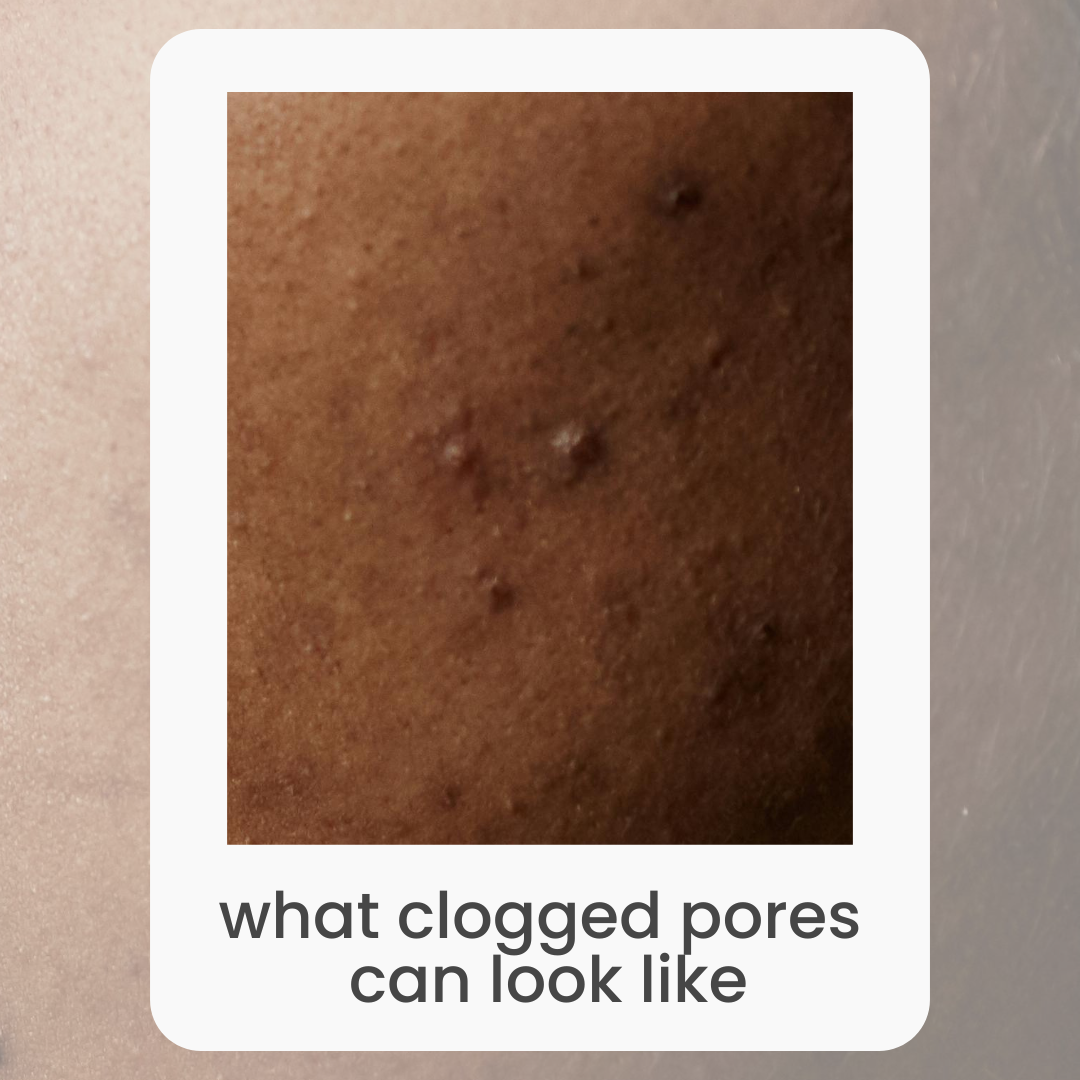
2️⃣ Folliculitis
Though acne and folliculitis can look similar, folliculitis often has a hair in the centre and appears in small clusters.
Daily friction from tight clothing and sitting for long periods can irritate the hair follicles, triggering mild inflammation 💢
This can appear as red bumps on lighter skin and purple or brown bumps on deeper skin tones.
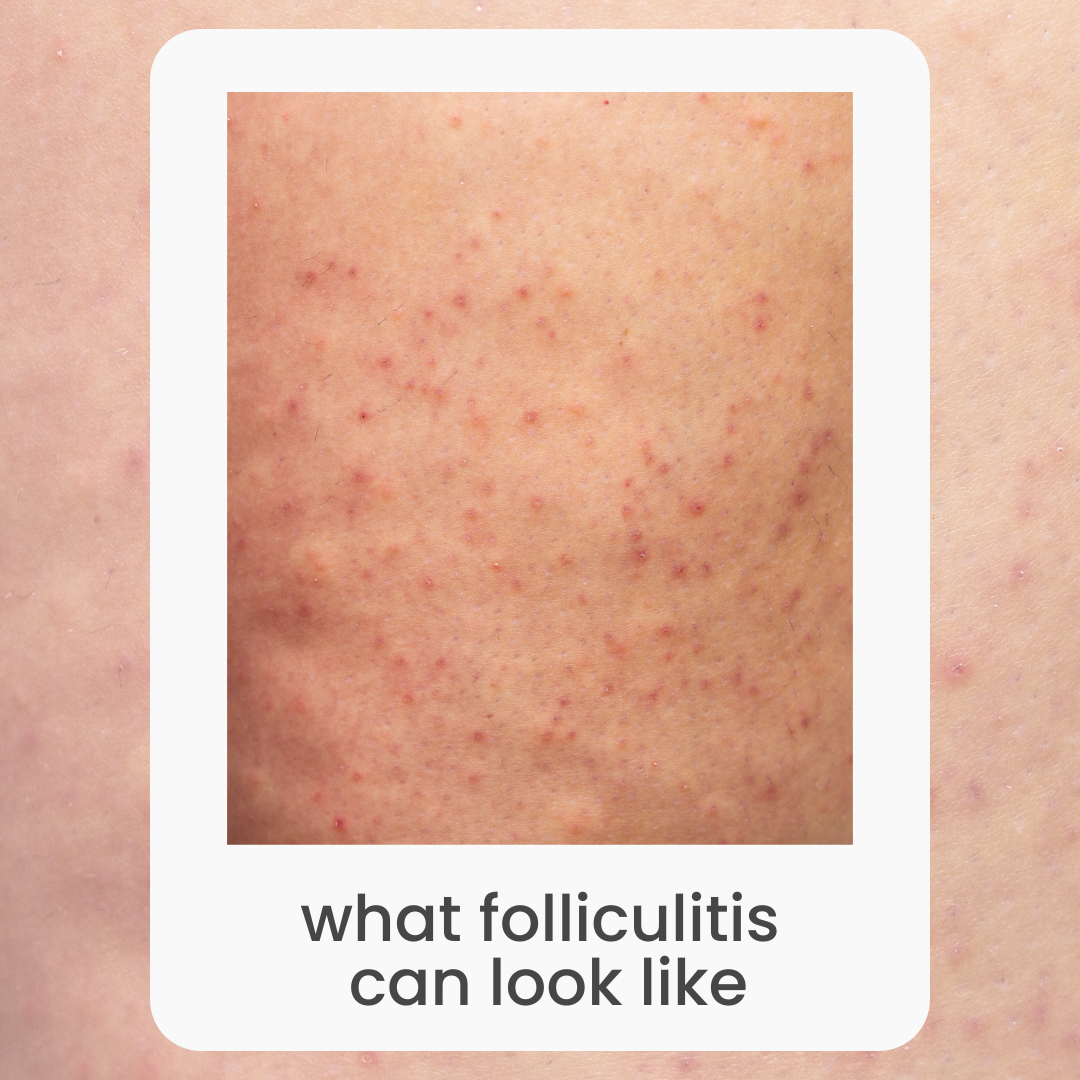
3️⃣ Keratosis pilaris
This is a harmless skin condition where excess keratin (a protein in the skin) can build up in hair follicles.
It can often appear as tiny white bumps that may have red or brown edges, depending on what your skin tone is.
Unlike acne, there’s no absolute cure since it’s largely genetic – but there are ways to reduce its appearance and help it.
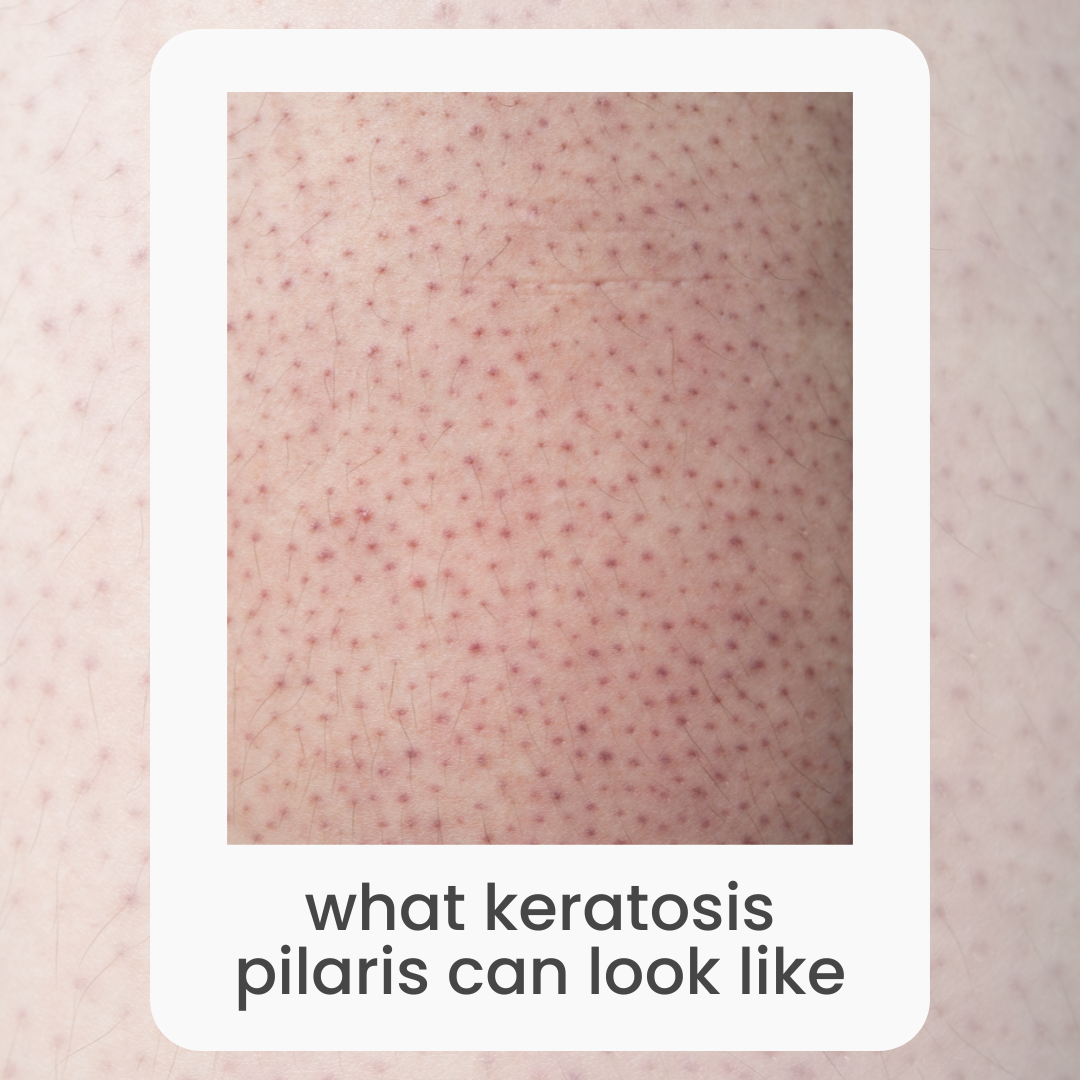
How to treat bum spots
Buttne often clears up on its own, but if there’s an underlying condition, you may need specific medical treatments.
A pharmacist can recommend products if needed, but some general tips include:
👉 Change your underwear daily to prevent prolonged contact with dirt and moisture
👉 Wear looser clothing to avoid friction from tight fabrics
👉 Prevent sweat buildup and, after exercise, wash the area to remove excess oils and prevent clogged pores
👉 Dry yourself well after washing to avoid trapping moisture on the skin
👉 Exfoliate gently, especially if you have keratosis pilaris – but be careful not to scrub too hard, as this can make the problem worse
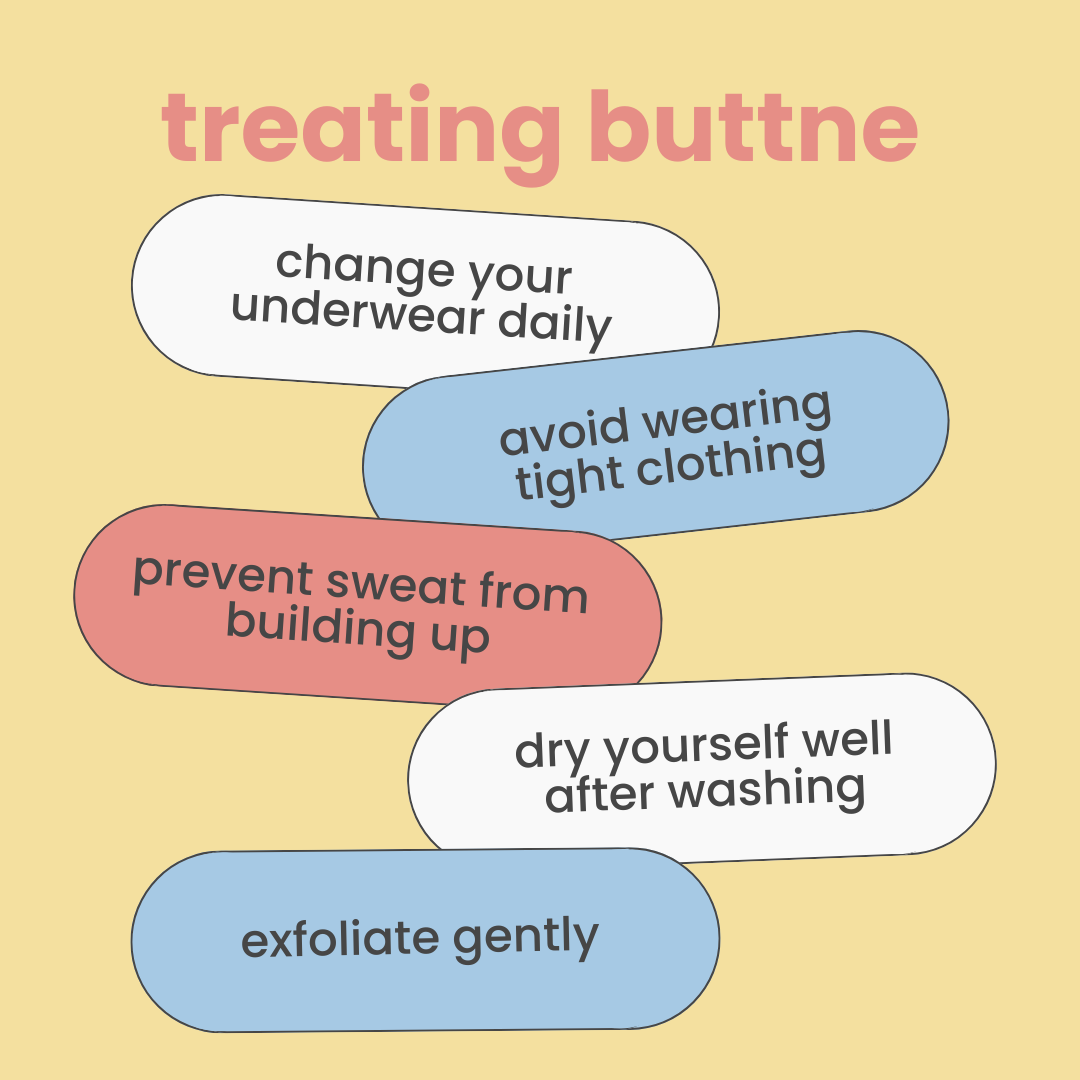
Bum spots sticking around? Here’s what to do
Most of the time, bum spots clear up on their own within a few days or weeks of following the guidance above.
But if the spots aren’t going away, become more red or painful, or if you start feeling unwell, it’s a good idea to see a doctor.
They can help explain what’s going on and let you know if any treatment is needed. You don’t have to figure it out alone 🫶✨
How we created this article:
luna's team of experts comprises GPs, Dermatologists, Safeguarding Leads and Junior Doctors as well as Medical Students with specialised interests in paediatric care, mental health and gynaecology. All articles are created by experts, and reviewed by a member of luna's senior review team.
Sources:
Mayo Clinic "Folliculitis" | Accessed 12.02.25
https://www.mayoclinic.org/diseases-conditions/folliculitis/symptoms-causes/syc-20361634NHS "Keratosis pilaris" | Accessed 12.02.25
https://www.nhs.uk/conditions/keratosis-pilaris/AAD "Folliculitis" | Accessed 12.02.25
https://www.aad.org/public/diseases/a-z/folliculitisNHS “Acne” | Accessed 11.02.25
https://www.nhs.uk/conditions/acne/